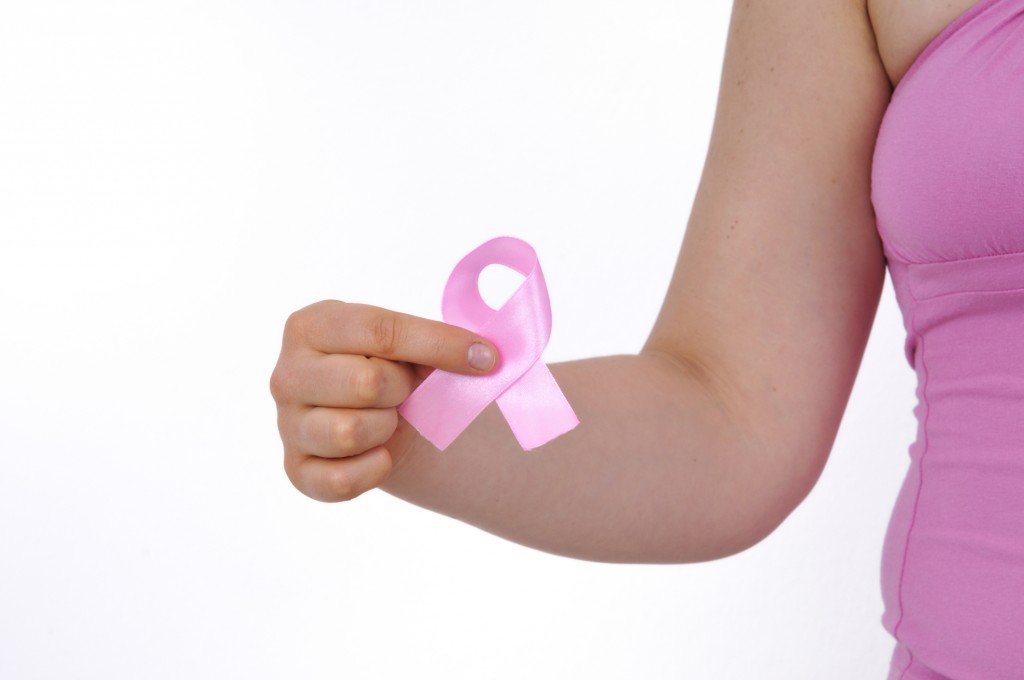Here I am writing my beloved column again. Six weeks ago I would not have said that. But when you feel ill you find out how much people love you. How much they care about you. For the first few days I could not help but cry… literally cry like a baby. Feeling sorry for myself, feeling sorry for my family and touched by the love and care I received from everyone who came to see me in the hospital, sent me funny, inspiring emails, phone calls, greeting cards, flowers and yummy chocolates, fruits and cakes.
The doctors, nurses and all the members of the hospital staff who looked after me or I ran into were nothing but kind and generous. I was proud to say that I used to work with these wonderful people. They hadn’t forgotten me. I love you guys! When I was under the influence of medication, I vaguely remember kissing (on the cheeks!) and hugging some doctors, nurses, x-ray technicians (male and female… made sure everybody was covered). I love them so much. But they cannot sue me because I was under the influence of medication.
What is depressing is my ill health occurred one day after I finished five-weeks full time course in photography at SAIT in Calgary. I am hopeful one day I will be able to use my skills and take beautiful pictures.
As you all know, strange things happen in life. Sometimes they are wonderful and sometimes they are not. Sometimes you get a chance to write about it and sometimes you don’t. Sometimes you get a chance to laugh about it and sometimes not. But we have to be positive although sometimes it is hard to do that. During my downtime, I decided to follow my own advice – listen to my doctors (and my wife and children) and watch funny movies and listen to music. Laughing for few hours a day helped me a lot.
Talking about laughter reminds me of my new book, “Doctor B’s Eight Steps to Wellness” published by General Store Publishing House. I have ordered copies to be sold locally and I will make an appropriate announcement in the next few days.
In life, quite often, we get a chance to make choices. But when it comes to good health, what choice do we have? Who would opt for bad health? Probably nobody. If you are one who has decided to stay in good health then you have made the right choice. That is a good start.
Remember, to stay healthy you don’t have to make a large investment of money. What you have to do is invest some time in a day to find that joy of good health and happiness. Now, don’t tell me time is money. When it comes to your health time is more than money… does that sound right?
OK let me find out what my book says. It says if I want to stay healthy then I should read my book over and over again. Find out about healthy eating, exercise, stress relief, sleep, sexual empowerment, laughter, and meditation. Then go have some fun and be healthy. Good deal. Talk to you again soon. Love you all.
Start reading the preview of my book A Doctor's Journey for free on Amazon. Available on Kindle for $2.99!



